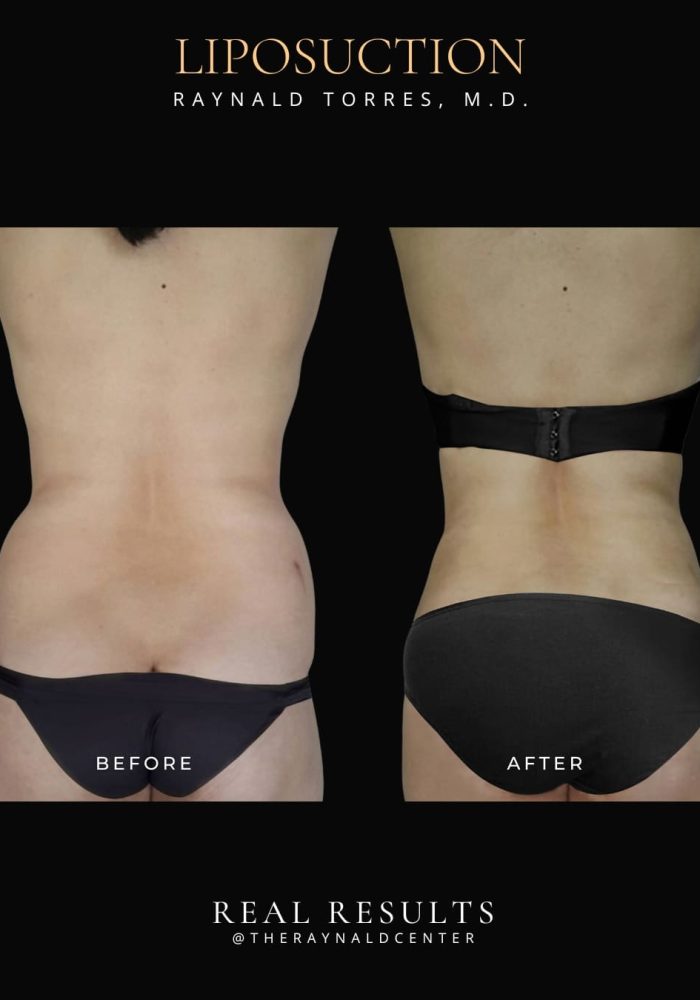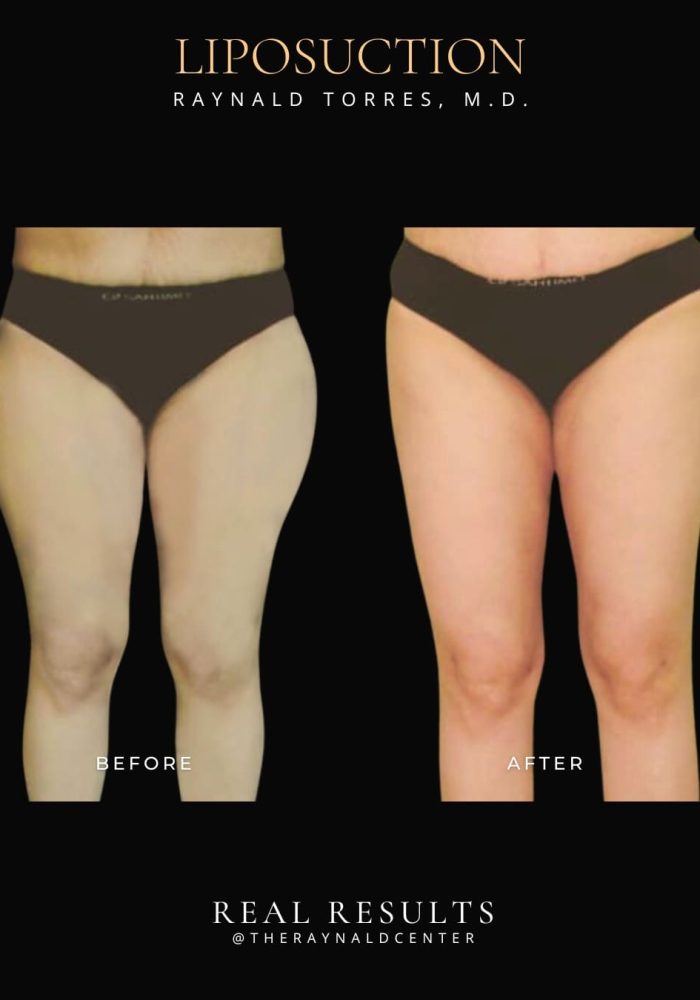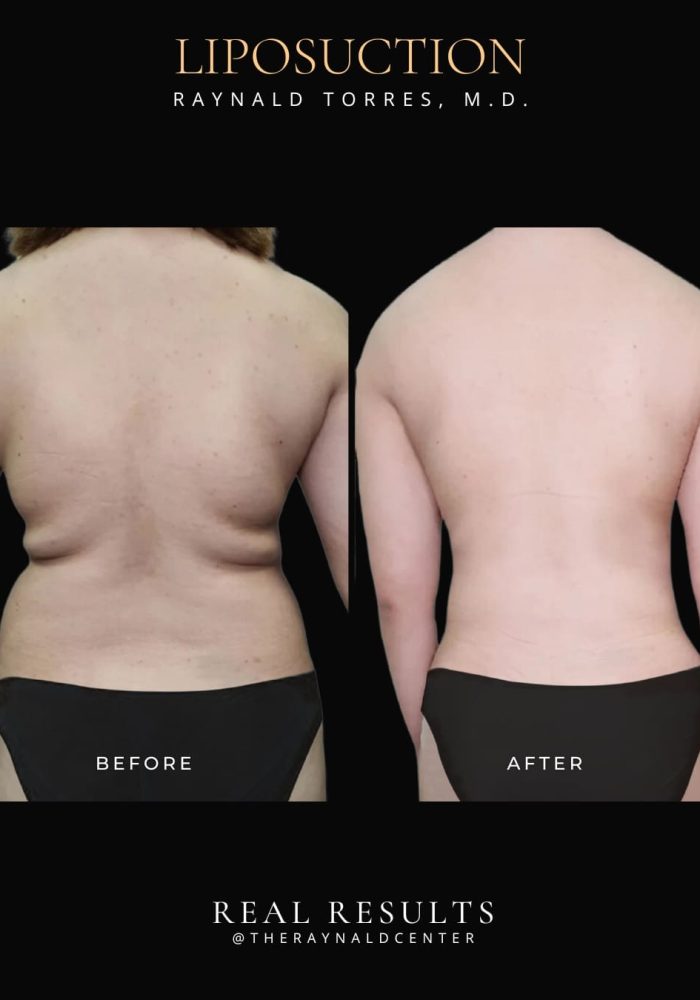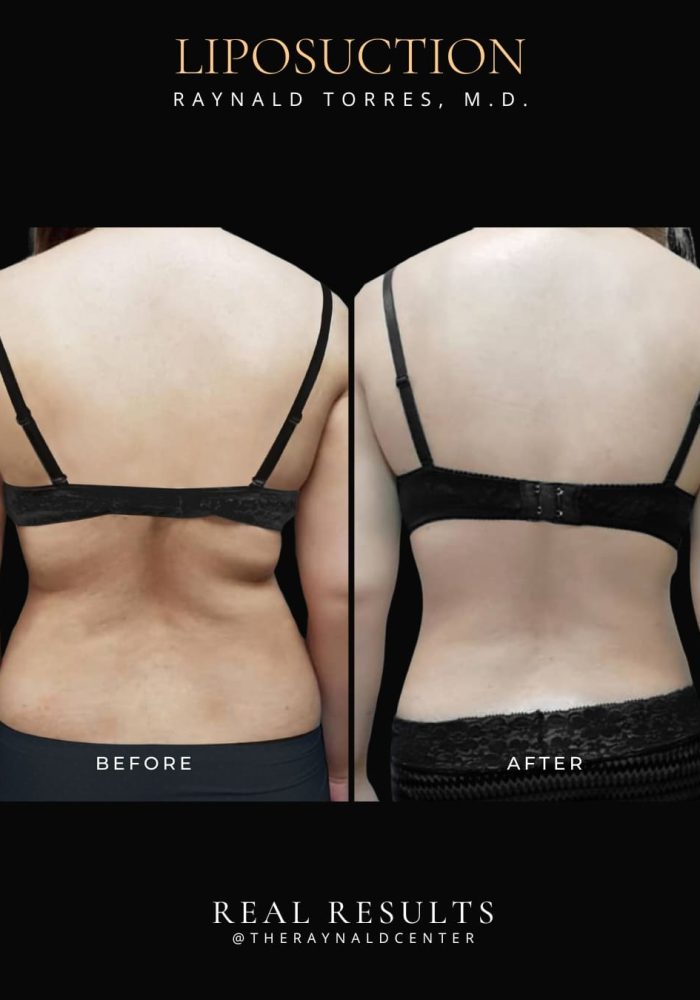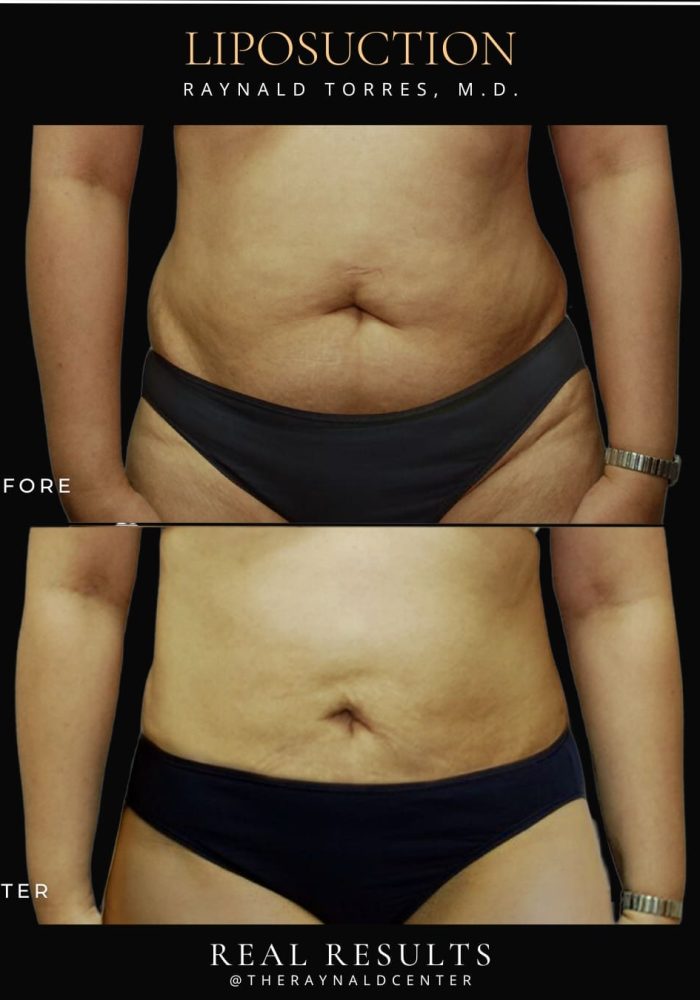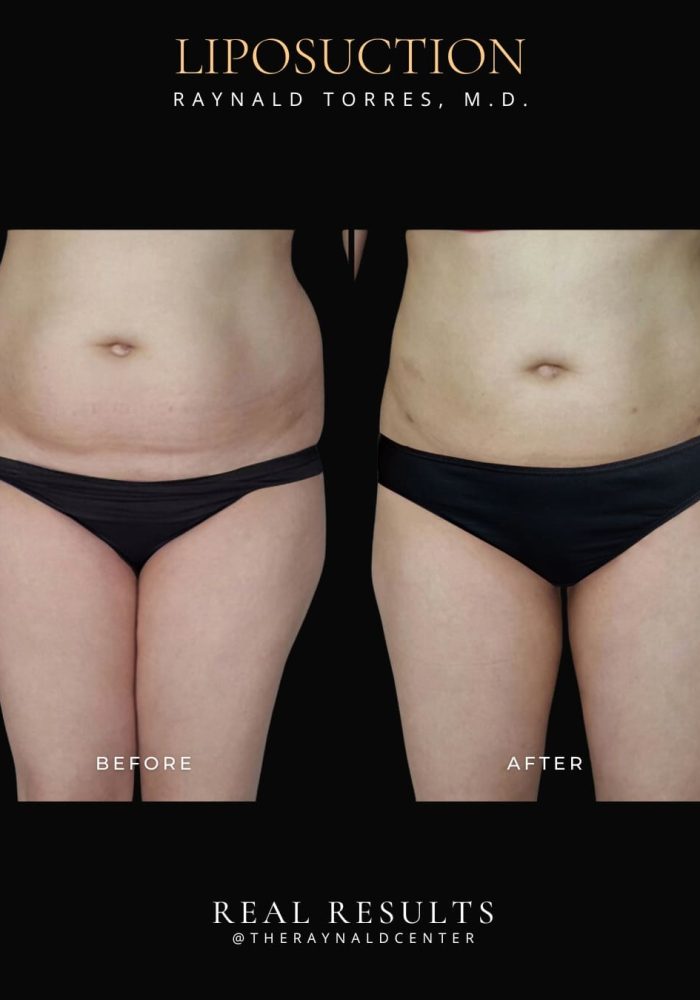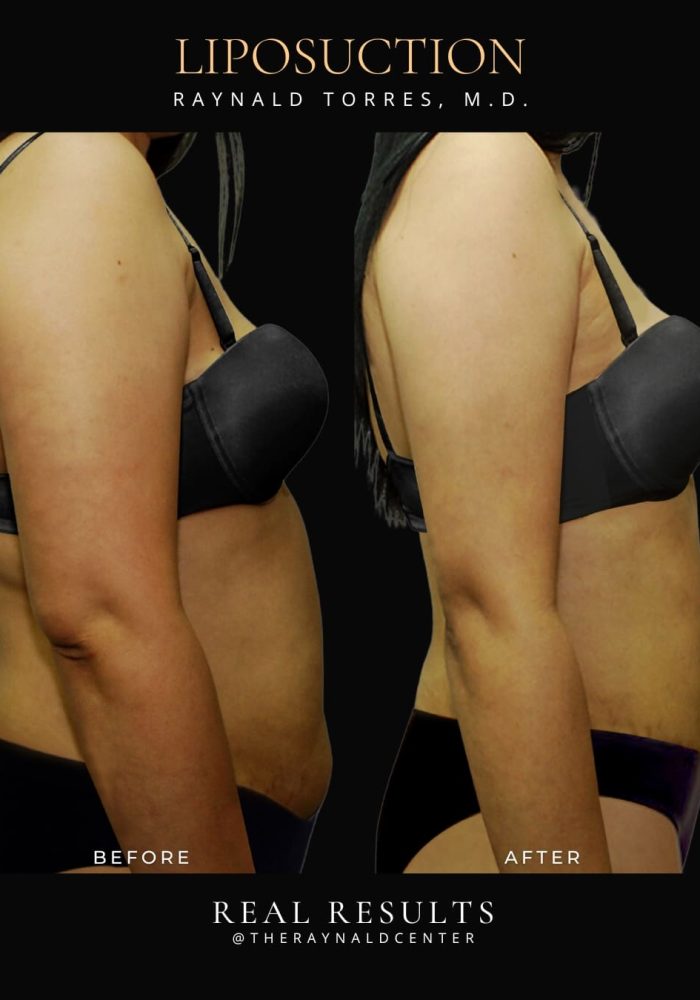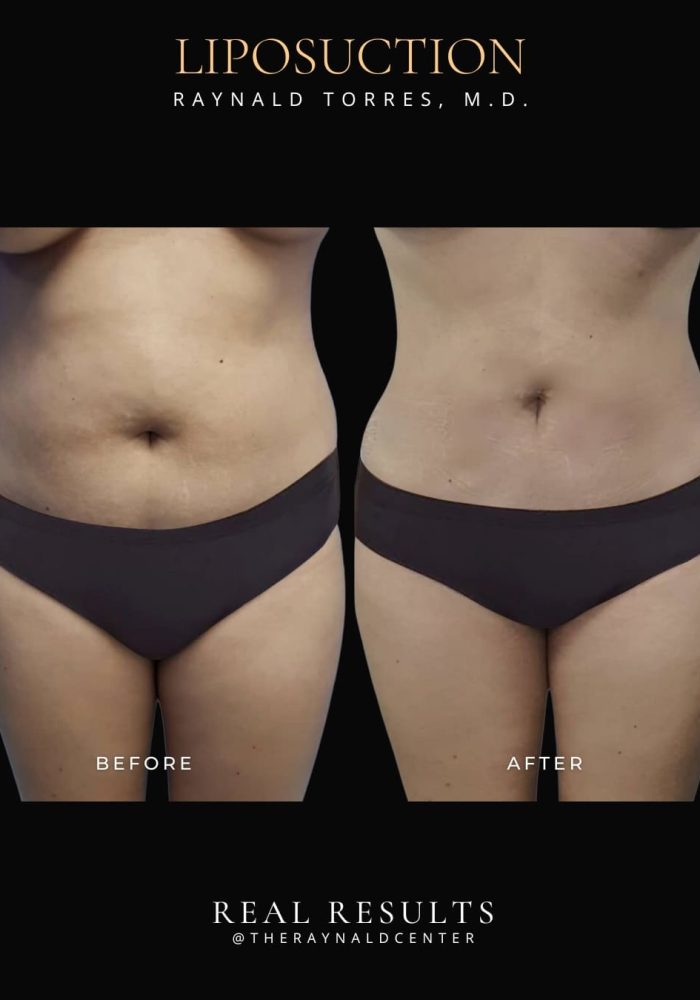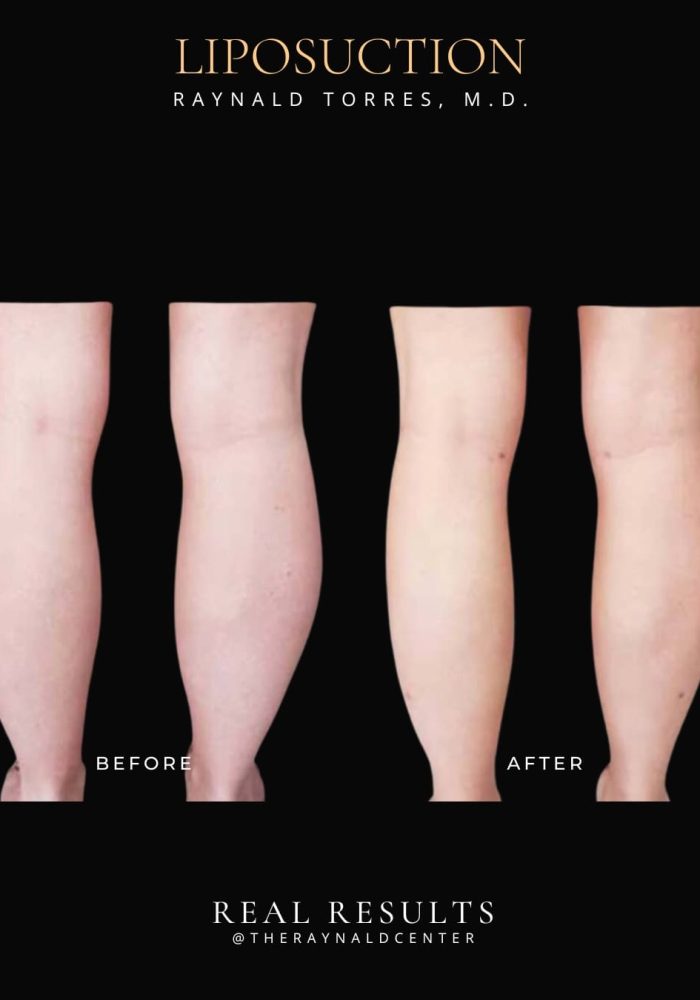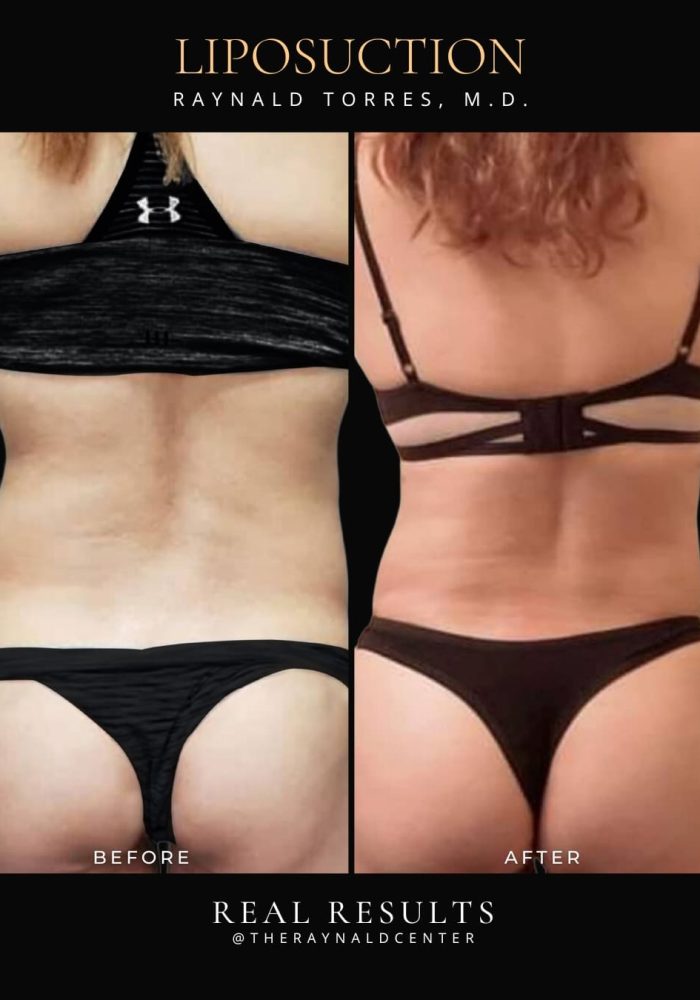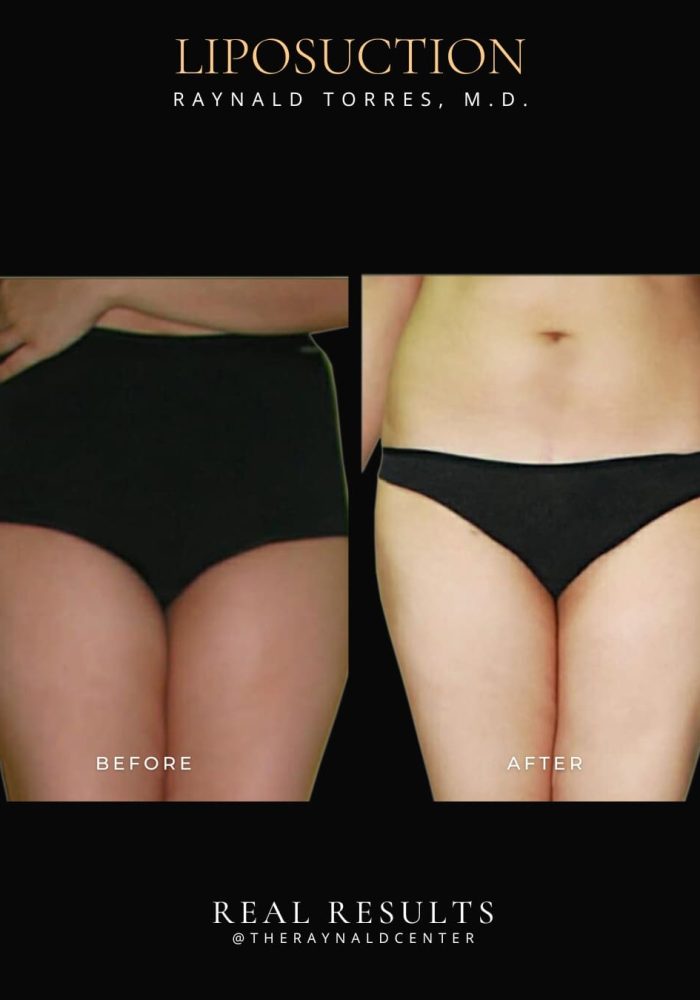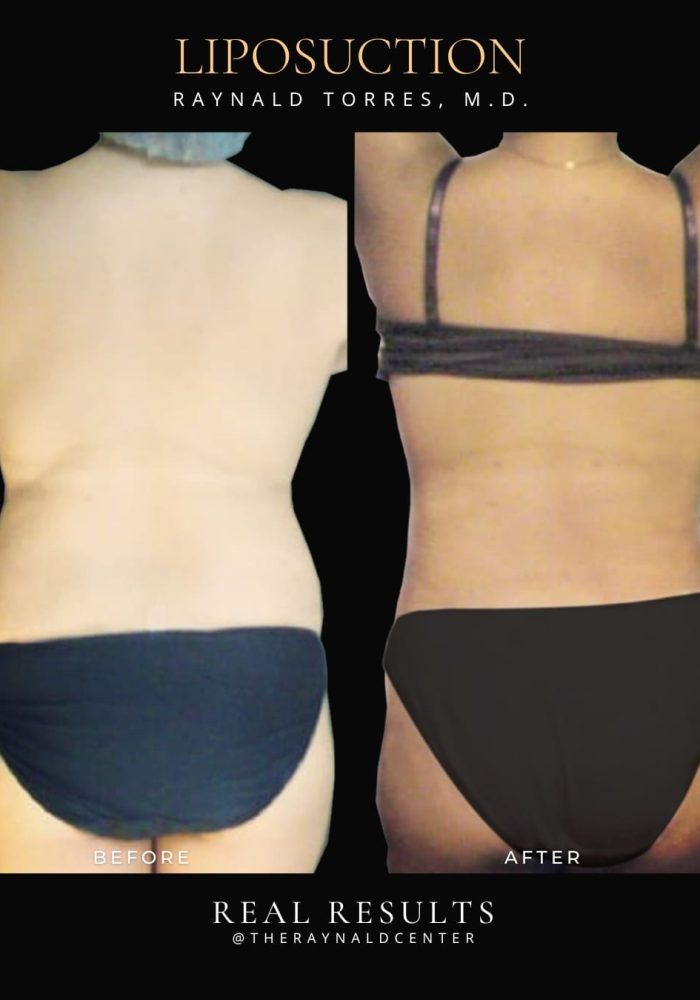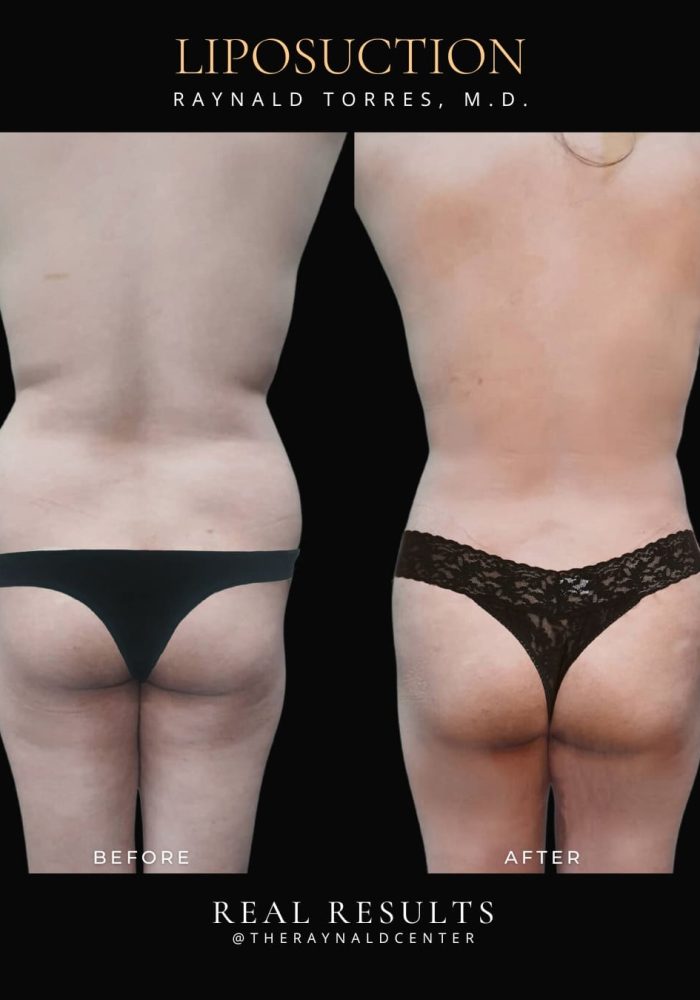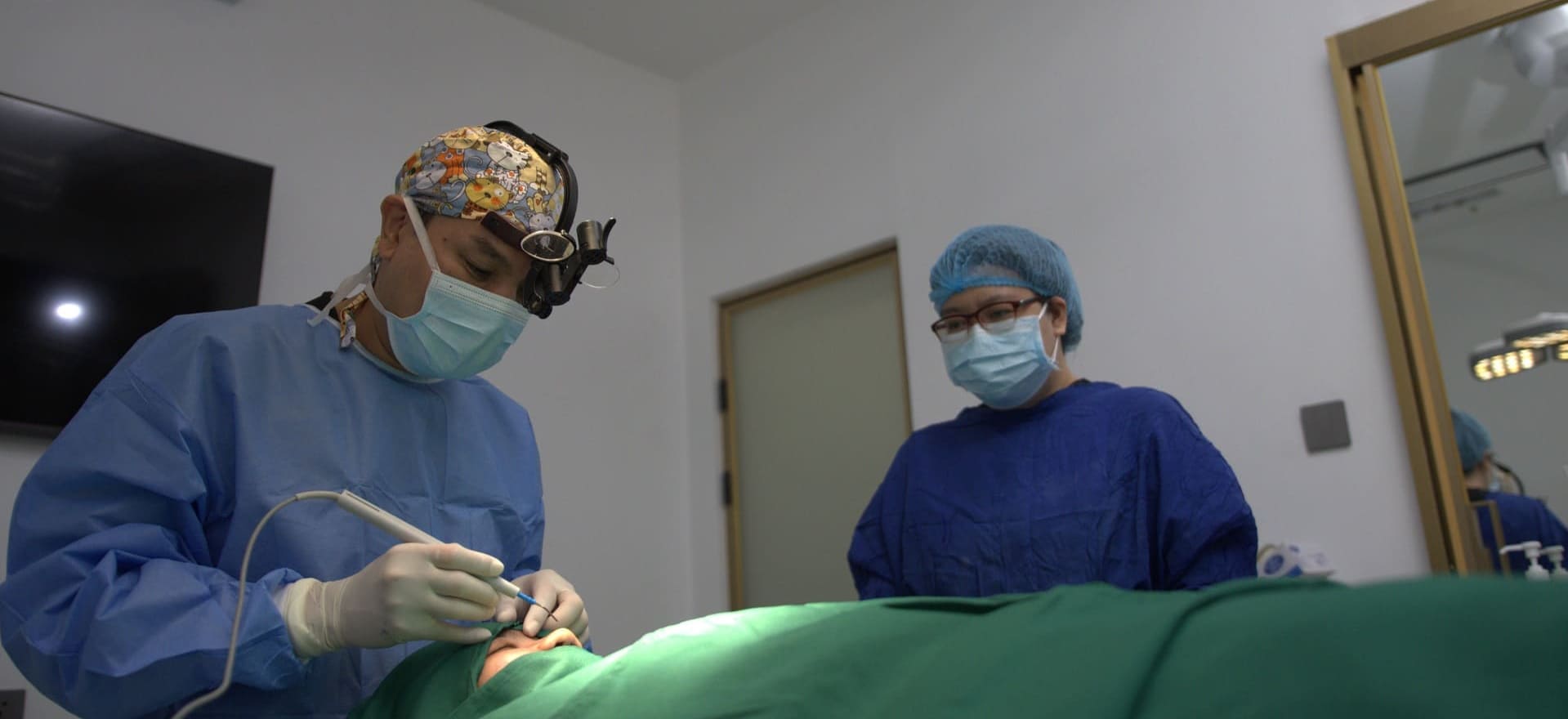
Liposuction
BEFORE AND AFTER
videos
What is Liposuction?
Liposuction is one of the most effective ways to sculpt and contour the body by removing stubborn pockets of fat that resist diet and exercise. Whether it’s the abdomen, waist, thighs, arms, or neck, liposuction can enhance your body’s natural curves and create a more proportionate, refined silhouette.
My preferred technique is power-assisted liposuction (PAL). This advanced method uses a vibrating cannula that helps break up fat more efficiently, making the process gentler and more precise. Because the cannula moves rapidly, it allows me to remove fat more evenly and with less trauma to the surrounding tissues, leading to less bruising, quicker recovery, and smoother results. This allows targeted body contouring with Power-Assisted Precision. Another benefit is the avoidance of burns on the skin associated with energy based liposuction procedures.
PAL is ideal for both small, delicate areas and larger body zones where more fat needs to be removed. I especially like using it for high-definition contouring — shaping the waist, defining the abdomen, or restoring curves in a subtle, natural-looking way. It’s also a great option for revision liposuction or for treating fibrous areas like the back or male chest.
Liposuction is not a weight loss procedure, but rather a body contouring treatment. It’s best for individuals who are near their ideal weight but have localized fat deposits they want to address.
It’s also an excellent tool in a mommy makeover. Many women are left with stubborn fat on the tummy, waist, and flanks even after regaining their pre-pregnancy weight. I usually recommend waiting at least one year after giving birth before undergoing liposuction. This allows the body to fully heal and stabilize hormonally, ensuring a safer procedure and longer-lasting results.
In many cases, I combine liposuction with fat transfer procedures, like fat grafting to the face, buttocks, or breasts, to further enhance the body’s overall harmony. As always, each procedure is tailored to your body type and your specific goals.
The result? A more sculpted, balanced, and confident you.
Pre-Procedure Guidelines
Proper preparation ensures a smooth procedure and optimal recovery. Please follow these instructions before your scheduled surgery:
1. Medical Clearance & Tests
Complete all required laboratory exams and medical clearance, if advised by your surgeon.
Inform the clinic about any medical conditions (e.g., hypertension, diabetes) and all medications or supplements you are taking.
2. Medication Restrictions
Discontinue any blood-thinning medications and supplements (e.g., aspirin, ibuprofen, vitamin E, fish oil, ginkgo biloba) 7–10 days prior to surgery, unless otherwise instructed.
Continue maintenance medications for chronic conditions unless advised otherwise by your doctor.
3. Lifestyle Considerations
Stop smoking at least 2 weeks before the procedure. Smoking can impair circulation and delay healing.
Avoid alcohol for at least 48 hours before surgery.
Make arrangements for someone to accompany you home after surgery and assist you for the first 24 hours.
4. Night Before and Day of Surgery
If you are undergoing general anesthesia or sedation, do not eat or drink anything after midnight the night before surgery.
Bathe the night before or morning of surgery, avoiding any lotions, creams, or makeup on the treatment area.
Wear loose, comfortable clothing on the day of surgery.
Post Procedure Guidelines
Following these instructions carefully will help promote healing and reduce the risk of complications.
1. Wound Care & Bathing
Expect bloody fluid drainage from the incision sites for the first 24 hours—this is normal.
Remove the napkin dressing after 24 hours. You may then leave the wounds uncovered unless advised otherwise.
After removing the dressing, you may take a gentle bath. Avoid soaking the area; ensure wounds remain clean and dry.
Clean wounds gently with hydrogen peroxide or clean water and keep dry.
2. Activity & Mobility
Begin light walking around your home as soon as possible to promote circulation and reduce swelling.
Avoid strenuous activities, heavy lifting, or vigorous exercise for 1 month following surgery.
3. Compression Garment Use
Wear your compression garment 24 hours a day for the first week (except when bathing).
Continue to wear it during waking hours for 1 month.
For best results, you are encouraged to wear the garment for up to 3 months as tolerated.
4. Swelling, Pain & Healing
Mild to moderate discomfort is expected after liposuction. Pain typically improves within a few days.
Take all prescribed pain medications and antibiotics as directed.
Contact the clinic immediately if you experience excruciating or persistent pain, as this is not normal.
5. Signs of Infection
Infections may begin to appear around 1 week post-op.
Call the clinic if you notice:
Abnormal or foul-smelling discharge from wounds
Thick yellow, green, or bloody drainage
Fever or increasing redness and swelling around incision sites
6. Medications & Maintenance
Continue your prescribed medications for hypertension, diabetes, or other pre-existing conditions unless advised otherwise by your doctor.
Take all post-op medications exactly as prescribed.

